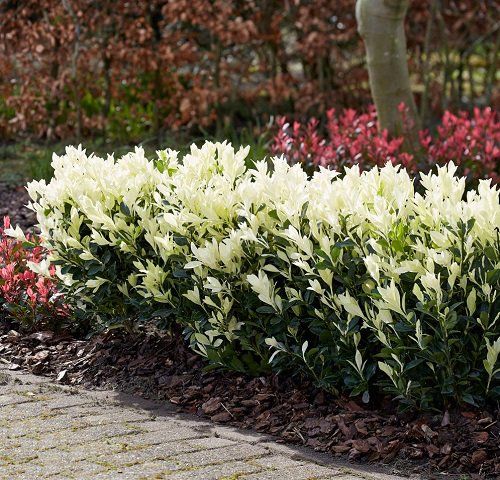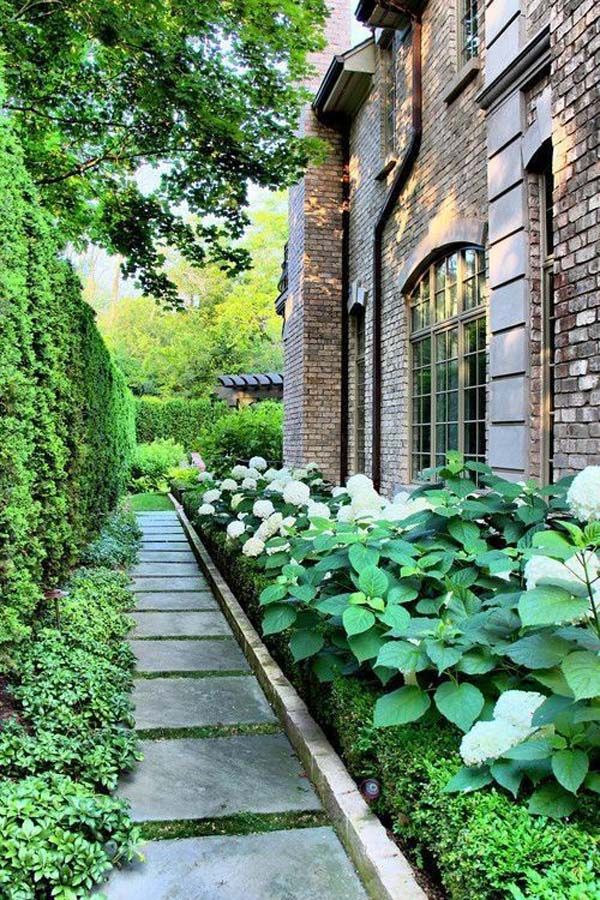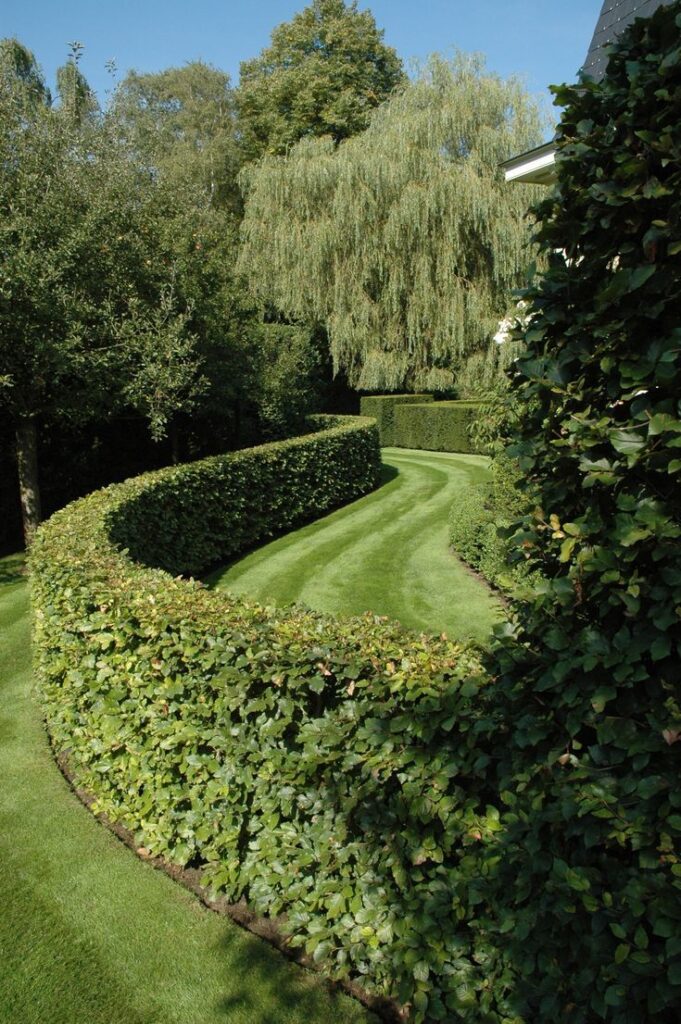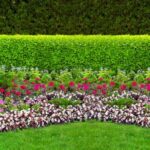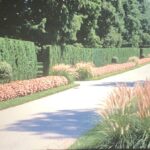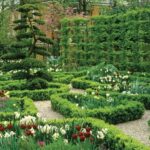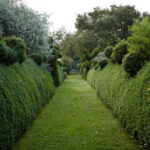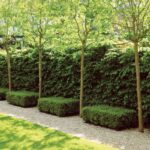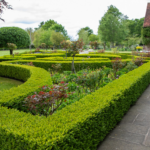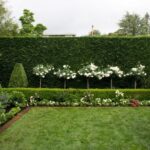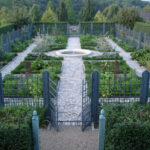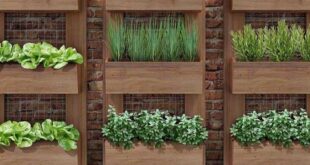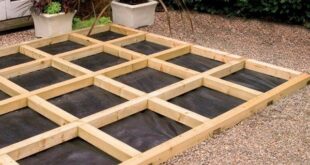Garden hedges are a popular choice for creating boundaries, adding privacy, and enhancing the overall design of a garden. These versatile plants come in various shapes, sizes, and species, making them suitable for a wide range of landscaping needs.
One of the most common types of garden hedges is the traditional boxwood hedge. Boxwoods are known for their dense foliage and neat, compact shape, making them perfect for formal garden designs. They can be easily pruned into different shapes, such as squares or spheres, and are relatively low-maintenance plants.
For a more informal and natural look, consider planting a mixed hedge using a variety of shrubs and trees. This type of hedge provides a diverse range of colors, textures, and heights, adding visual interest to the garden. Some popular choices for a mixed hedge include yew, holly, and laurel, which offer evergreen foliage and attract wildlife.
In addition to their aesthetic value, garden hedges also serve practical purposes. They can act as windbreaks, reducing the impact of strong winds on delicate plants. Hedges can also provide a barrier against noise pollution, creating a more peaceful and tranquil garden environment.
When planting a garden hedge, it is important to consider the site conditions and choose plants that are well-suited to the location. Make sure the hedge receives adequate sunlight, water, and nutrients to ensure healthy growth. Regular pruning and maintenance are also essential to keep the hedge looking neat and tidy.
Overall, garden hedges are a versatile and attractive landscaping feature that can enhance the beauty and functionality of any garden. Whether you prefer a formal, structured hedge or a more natural, untamed look, there is a hedge plant suitable for every garden style. With the right care and attention, a garden hedge can provide years of enjoyment and beauty for you and your garden visitors.
 yishifashion Where Outdoor Dreams Become Reality
yishifashion Where Outdoor Dreams Become Reality
